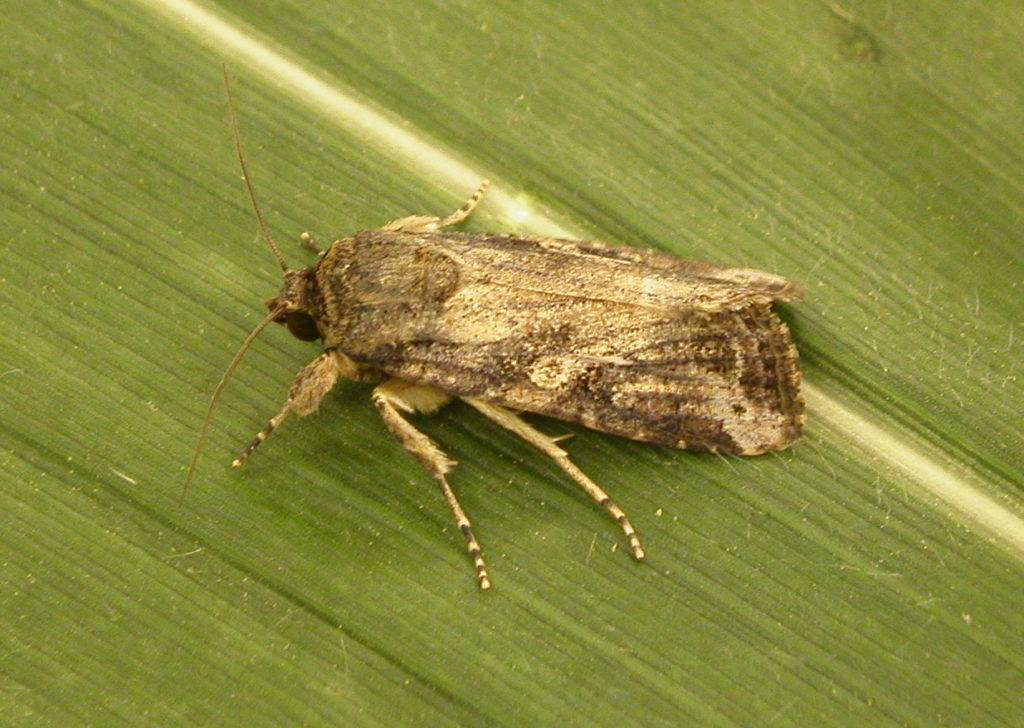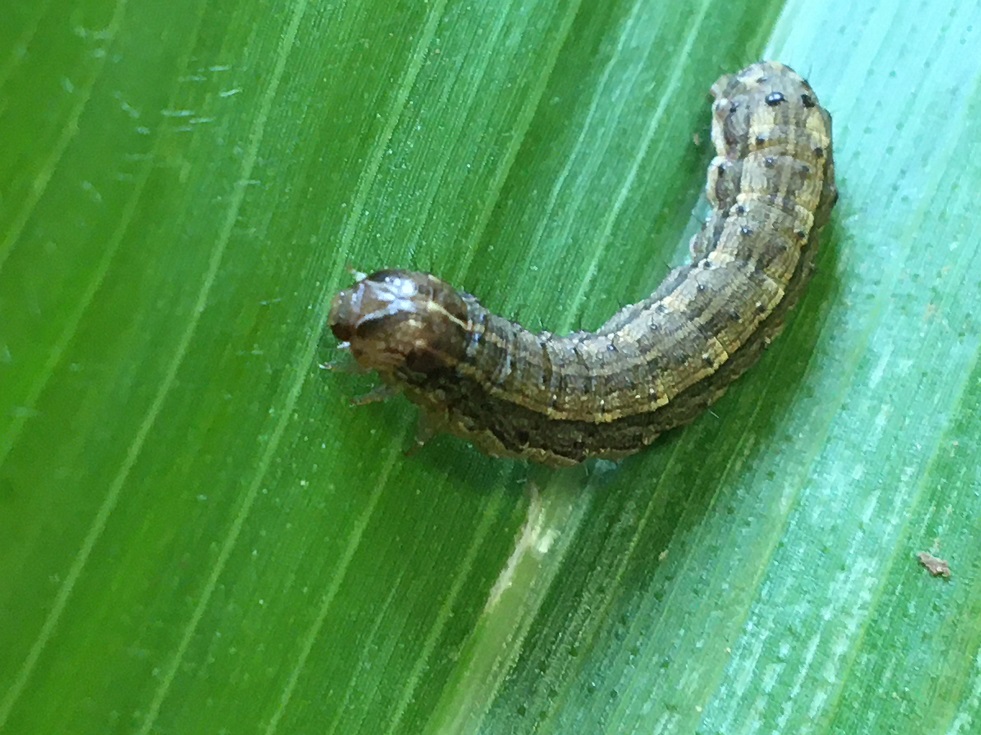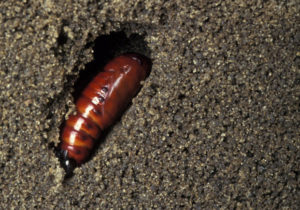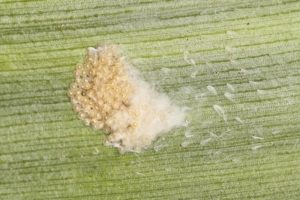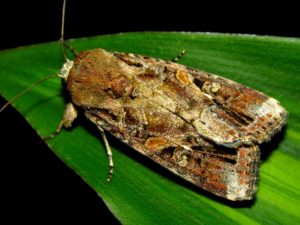Fall Armyworm Moth (Spodoptera frugiperda)
The fall armyworm moth is a member of the family of owlet moths. As a larva, it is easily recognizable from the inverted Y-shaped white mark on the top of its forehead.
lsuagcenter.com
Scientific Classification
- Family: Noctuidae
- Genus: Spodoptera
- Scientific Name: Spodoptera frugiperda
Description and Identification
Caterpillar
The caterpillars go through six instars. Initially, the larvae are green with a black head, with the head becoming orange in the 2nd instar. While going from the 2nd to the 3rd instar, they become brown and covered with lateral white lines. In the 4th to 6th instars, the head is reddish-brown, mottled with white and the brownish body bears white subdorsal and lateral lines.
Adult Moth
Sexual Dimorphism: Present. The wings of the female are less distinctly marked than the male.
Color and Appearance
Forewing: When the wings are opened, they are shaded brown to grey. There is a series of triangular white spots at the tip and center of the wing. When the wings are closed, the colors and patterns remain the same.
Hindwing: When the wings are opened, they are an iridescent silvery-white color, with a dark border at the edge. When the wings are closed, the colors and patterns are not visible.
Average wingspan: 3.2-4 cm
Flight Pattern: Erratic
Season: Late summer to early fall
Egg
They are dome-shaped, flattened at the base, and measure 0.4 mm in diameter and 0.3 mm in height. The eggs are laid in a mass, each clutch containing 100-200 eggs, and are covered with a layer of greyish scales by the mother, making them appear fuzzy.
Quick Facts
| Distribution | Native: eastern and central North America, South America Invasive: Australia, Bangladesh, China, Europe, and South Africa |
| Habitat | Any areas with grass |
| Lifespan of Adults | 7-21 days |
| Host Plants | Bermudagrass, cotton, corn, Johnson grass, rice, and sorghum |
| Predators | Beetles, birds, earwigs, parasitoids, rodents, and other insects |
| Adult Diet | Nectar |
Scientific Classification
- Family: Noctuidae
- Genus: Spodoptera
- Scientific Name: Spodoptera frugiperda

